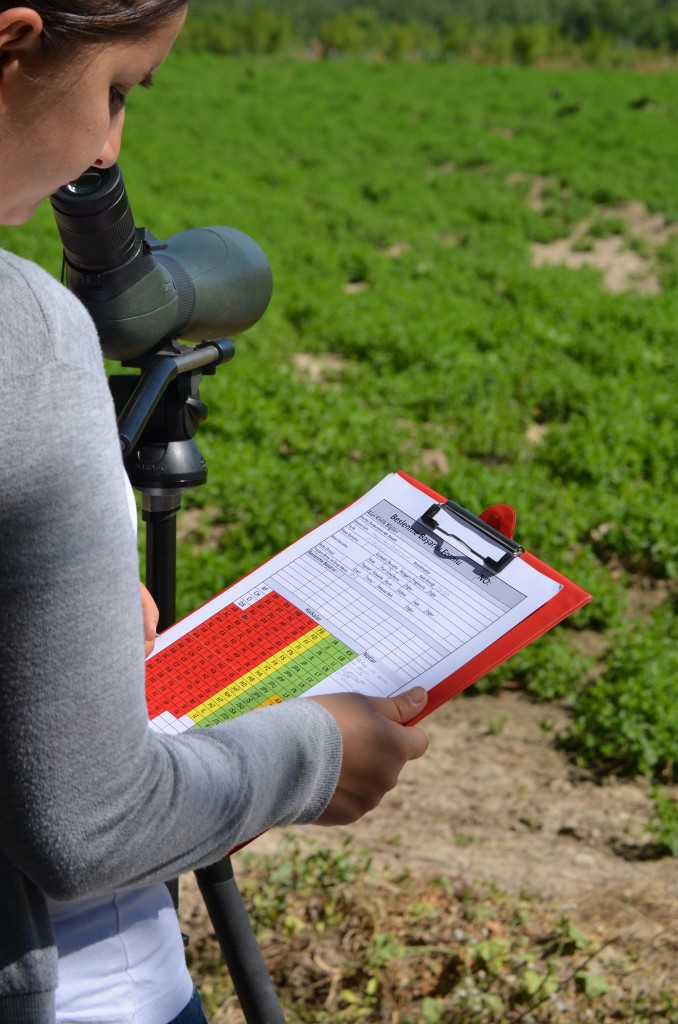
In order to carry our successful KBA monitoring, Doğa builds its work on existing monitoring efforts, such as waterbird counts at wetland IBAs, and engages a diversity of people to collect field data.
Key Biodiversity Areas’s (KBAs) are built on the 25 years of experience through the BirdLife International partnership in identifying, safeguarding and monitoring Important Bird Areas (IBAs). They are sites of international biodiversity conservation importance, chosen using agreed, objective, quantitative and scientifically defensible criteria. Through its KBA monitoring programme, Doğa aims to document, monitor and effectively protect and manage the Turkey’s most important places for birds and biodiversity.
World Bird and Biodiversity Database (WBDB) holds enormous amounts of information on the Turkey’s KBA and IBA network. This information is crucial for many purposes – e.g. creating effective Protected Area networks, identifying wetlands of international importance under the Ramsar convention, planning adaptation to climate change, applying safeguards for development projects and promoting community based conservation.
KBA information is a hugely important resource – but needs regular updating to remain credible and reliable, and so that urgent threats to KBAs can be recognized and addressed. KBA, as with IBAs are monitored using a simple, practical and robust framework that can integrate data from a wide range of sources – field observers, research reports or even remote sensing. This information is used to assign scores on a four-point scale for pressure (the threats facing the site), state (the condition of birds and / or their habitats) and response (the action being taken to conserve the site).
National KBA and IBA monitoring using the BirdLife framework is producing results of immediate practical use for advocacy and action. Standardized scoring makes it easy to identify and analyze trends – for example, to compare protected and unprotected IBAs. Results can also be collated nationally, regionally and, eventually, globally.
In order to carry our successful KBA monitoring, Doğa builds its work on existing monitoring efforts, such as waterbird counts at wetland IBAs, and engages a diversity of people to collect field data – e.g. Local Conservation Groups, volunteer observers and researchers. Results of the KBA monitoring are shared with the wider public, through the WBDB and technical reports.

